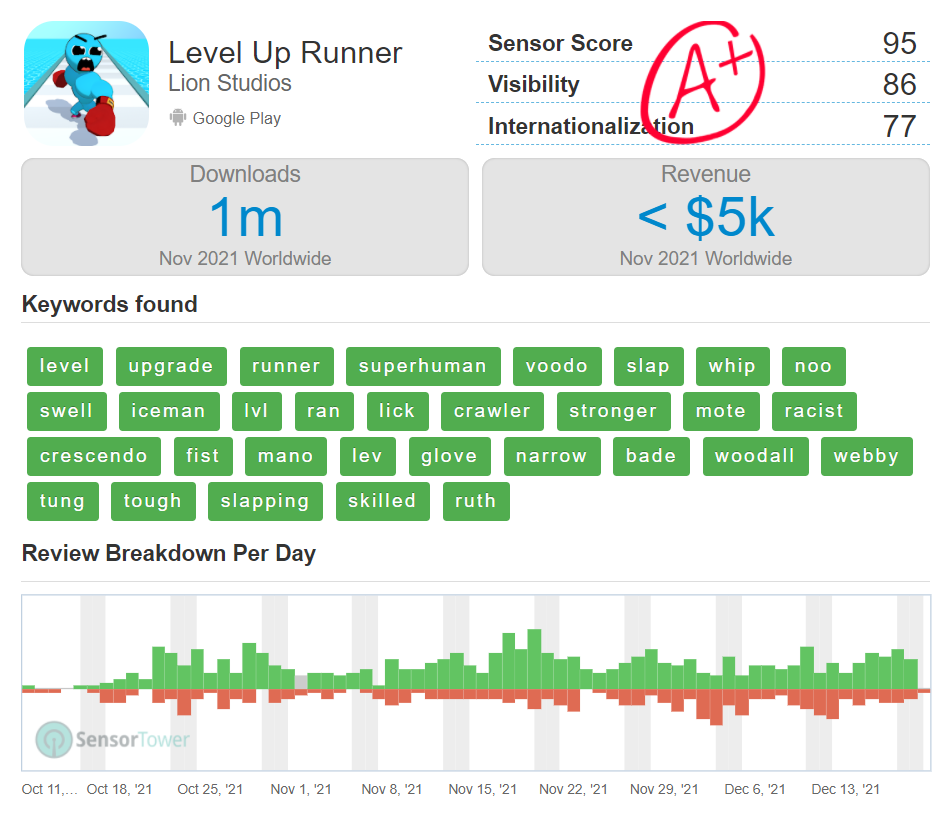If you want to get a job as a game designer do the job, don’t look for it. You have to be already working as a game designer if you want to hope to being paid for that.
I remember when I was compulsively looking for a job sending resumes. Poor me.
“I sent 5 resumes today, I have done my job.”. That was my comfort zone.
Some job offer put “having participated in at least 5 projects from start to end”. Some other was more intrepid: “having participated in the complete development of a TOP250 grossing game”. The good old days of 2013!
Do the job everyday
I started, every single morning, waking up early. Having my shower and breakfast. Dressing up with my best clothes, putting my shoes and my clock on. Working all the day at my desk, at least 8 hour per day. Imagining I was going to my office. I discovered the superpowers that “faking it” enable. I started studying seriously from books at night before of going to bed.
I maintained a document with all the job offers and companies here in Barcelona. I studied their games and imagined to work on those. In fact, those games had already their players and their competitors.
Deconstruct games
Deconstructing games is a process mostly mechanic at start. Start from the simple screen flow, make a brickfile. Spot their competitors and do the same. You find a feature that some competitor has and the game you are studying doesn’t? You have your design task! Use what you learnt from books and step by step build your own design framework. This is your secret, in your method there is your value.
Probably those companies you are monitoring will never hire you. They are still looking for the “best talent”. A game designer who worked on successful games. The dream, the rockstar. Nevermind, it’s YOU that want to work as game designer. They are too busy in filtering out people like you. So don’t wait for a company to let you in. Just do it.
Find your people
Try to create and maintain meaningful connections in the industry. I created a meetup, the Barcelona Game Design Meetup. My intention was to join game designers also from other companies. I ignored their strict policies most of those company had, instead. I also ignored that often people working for those companies are NOT the most motivated persons. They just do their job. They work as game designers, but often they are not intimately designers. I met a lot of wannabies and a few professionals. Making connections is still very useful. I just enjoyed any opportunity to talk about game design. Any opportunity!


